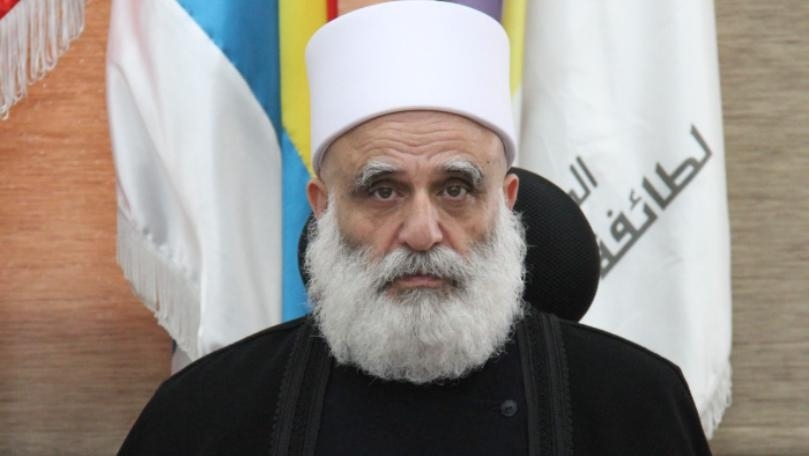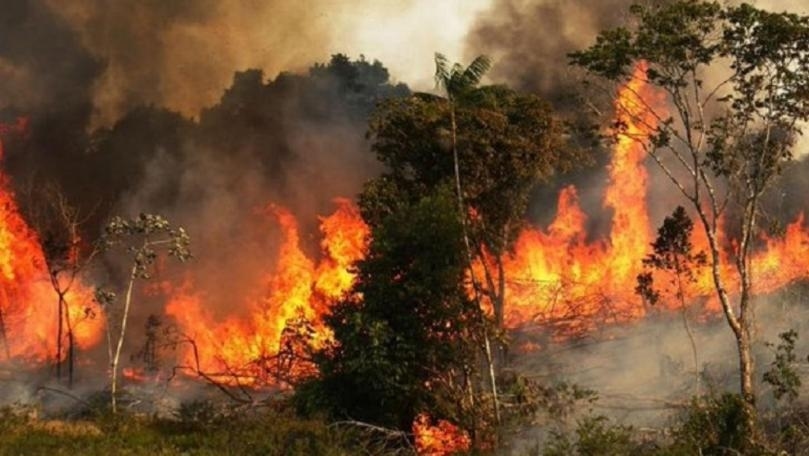DAVID SEGAL
The New York Times
SOCHI, Russia — Snicker all you like at the well-publicized oddities and spectacular expense of these Winter Games, but give it up for the train that delivers visitors to Olympic Park. A digital sign on the platform at the next-to-last stop says that it will arrive at 1:14 and leave at 1:15, and it delivers on that promise, right down to the second.
The track, which links Olympic Park to the city of Sochi, about 20 miles away, is said to have cost $8.7 billion in Russian treasure. That seems a preposterous sum, but you are not Russian, so it is not your treasure. And last Wednesday, the train carried thousands of grinning Olympic goers, delivering them with timing of a precision more associated with the Swiss. The masses strode into a cloudless, 62-degree afternoon, one of those exquisite days that feel like a preamble to summer.
When you first lay eyes on Olympic Park, next to the Black Sea, in what is called the coastal cluster, it looks like a Disneyland for corporations. That is because after descending from the train station, down flight after flight of stairs, you see a gantlet of pavilions run by sponsors. What you see next is an amusement park, which, inexplicably, is closed.
Yes, closed. A yellow curlicue roller coaster, and a purple U-shaped tummy churner and a bunch of other rides — all of them as still as a parked car. Did someone forget to tell these people it is showtime? Are they taunting us? Is this an elaborate piece of performance art, or maybe raw material for a reality television show called “Watch People Gape in Dismay”?
You do not know. So you keep walking, and it is 10 minutes before you lay eyes on the Olympic venues, all of which are on the other side of a pedestrian bridge, divided into lanes, with flooring in shades borrowed from the Olympic rings.
Once you reach the other side, a profound realization dawns: Russia is desperately in need of change.
Not change in the abstract, drawing-board sense of the word. No, it needs change in the most literal sense. It needs small bills. A lot of small bills.
Try to buy a hot dog or pizza at one of the many stands dotted throughout Olympic Park. Time and again, you offer to pay for something that costs 100 rubles — not quite $3 — with a 500-ruble note and you get a sorrowful, slightly wounded look that says, “Miracles? You expect miracles?”
Once you get over the small-change shortage, what strikes you is how surprisingly unexotic Olympic Park looks. Maybe it is because the Olympics are, to some extent, a prefab conceit, and when you build a bunch of winter sports arenas in a self-contained area, a bit of homogeneity is unavoidable.
But it goes beyond that. At a women’s hockey game, when a goal is scored, the song of choice is that “Woo Hoo” number by Blur. (O.K., “Song 2” is the actual title.) During lulls, an old-timey organ plays ditties that will be familiar to anyone who has ever been to a baseball game. There is an oompah band at the speedskating arena, led by four blond women with batons, which performs “When the Saints Go Marching In.” At night, a man will beat-box on a stage.
This Olympics is either avidly catering to the West, and the United States in particular, or Russia has adopted American sports culture as its own.
“That shade of blue,” says a Russian man waiting in line for food, when asked to point to something distinctly Russian in the park, “it is very Russian.” He is pointing to some bunting.
O.K. What else? He looked around, and then shrugged.
What is most exotic here might actually be the lines for food, which are hopelessly chaotic and slow, but which are endured by Russians with total equanimity. (They drive everyone else insane.) Or maybe it is the “small rusks” offered in the vending machines, which are jellied-meat-flavored croutons.
For when you want jellied meat, without the jellied-meat fuss.
The natural setting, beyond Olympic Park, is plenty exotic. There really are, as promised, palm trees along the coast, though several of those near the venues are fake, with plastic fronds that appear to serve as a nest for surveillance devices. Look north, and you see the CinemaScope-ready Caucasus Mountains, topped with snow. On a warm day, you get the tickling sensation that you are living in two opposite seasons at once.
If anything, this place looks faintly Soviet. The designers chose asphalt for the enormous grounds — or what looks exactly like asphalt, anyway — and there is nothing quite so Soviet as a bunch of inhumanely scaled buildings amid acres of parking.
The layout is simple. There is a handful of arenas, surrounding a huge oval. At one end of the oval is a stage, for medal ceremonies, live feeds and performances, and at the other is the Olympic flame, burning like a Zippo to the gods. Every Russian here has an iPhone or an iPad — another reason this place feels familiar — and the flame and its huge jet-tail caldron has become selfie central.
You stand near the flame and look at, say, the Iceberg, the site of the figure skating competitions. It looks like a five-minute walk, tops.
It is 15, minimum. The buildings and grounds here are so large they amount to a kind of optical illusion. Objects directly in front of you are much farther away than they appear.
You head to the Ice Cube first, the home of the curling competition. It is probably the smallest of the venues, but it is large enough for four simultaneous matches, which take place on what look like wide, ice-covered bowling lanes. For the uninitiated, the first impression of this Olympic sport is some version of “Wait, this is an Olympic sport?” It looks like a frozen version of bocce, with brooms. Or are those Swiffers? Regardless, there is some furious sweeping going on here.
“The sweeping heats up the ice,” said a helpful Canadian woman, amused by a rube, “and makes the stone travel further.”
In keeping with the idiot’s approach to viewership, you learn nothing about the rules and decipher little by watching the scoreboard. You arrive in the midst of the fourth round robin in the women’s tournament, as Russia is losing a squeaker to Japan, 3-2. At the beginning of one end — curling speak for “inning”; thank you, Google! — a Russian woman rolls a stone directly into the middle of the target, with just a bit of sweeping assistance from teammates.
This astounds you.
And as the match goes on, you begin to appreciate the sport’s nickname, chess on ice. These women are planting stones in the way of other stones, to clog up the lane, and with the help of ever-so-subtle spin, threading stones through pathways that seem unthreadable. The glide of the curler delivering the stone takes on a swanlike beauty. The longer you watch, the more engrossing it becomes, and the crowd here erupts with touchdown-volume roars whenever the Russians outmaneuver their opponents.
Which is not often. The match ends with a Russian defeat when the team fails at what looks a bit like curling’s answer to bowling’s 7-10 split — an attempt to knock two stones with one.
You wait for a Fiat-size Zamboni to clean the ice, to the tune of “Yakety Sax,” the “Benny Hill” theme song, but it never comes.
So you head to Adler Arena, for some speedskating. On the way there, a jowly man in a dark suit stands still and scowls at you. This happens a couple of times a day. The job of these guys, who dress like undertakers, is apparently to give you the stink eye. One assumes they are part of the security detail and have been trained to detect the gaze and manner of a terrorist, but nothing about their bearing invites questions.
Everyone else, particularly the volunteers, is friendly. You get the occasional “Nyet,” and a brushoff, when you walk in the wrong door, but most people want to help. A woman at Adler Arena ushers you directly to your seat.
A video plays in advance of every start, a series of female athletes putting their fingers to their lips to say “Shhhhh” as two skaters line up. When silence ensues, the only sound is the skaters’ last big, presprint huff of breath. But total silence rarely ensues, because foreign-language broadcasters in the media box never stop talking to one another. It is a good 20-minute walk to the Bolshoi, the larger of two hockey rinks. The Czech Republic is playing Sweden this night, in a tussle that ends with Sweden winning, 4-2. But what seems most memorable are signs that say “Close this door” on doors leading to the stands. Because otherwise, the doors do not close. Apparently, they are storing the door-closing hardware in the same place they have stashed the small bills.
Let us search that amusement park.
But you are picking nits. For $51 billion — the reported cost of this insanely ambitious production — Vladimir V. Putin has put on a show. And for much of the day, and parts of the night, the main plaza is filled and the atmosphere jubilant. There are plenty of foreigners here, and you run into the occasional face-painted American. But they are a minority. Which, under the circumstances, seems fine. This overpriced party was bankrolled by Russians, whether they wanted it not. You are gratified to think that more than a few of them have shown up to enjoy it.








